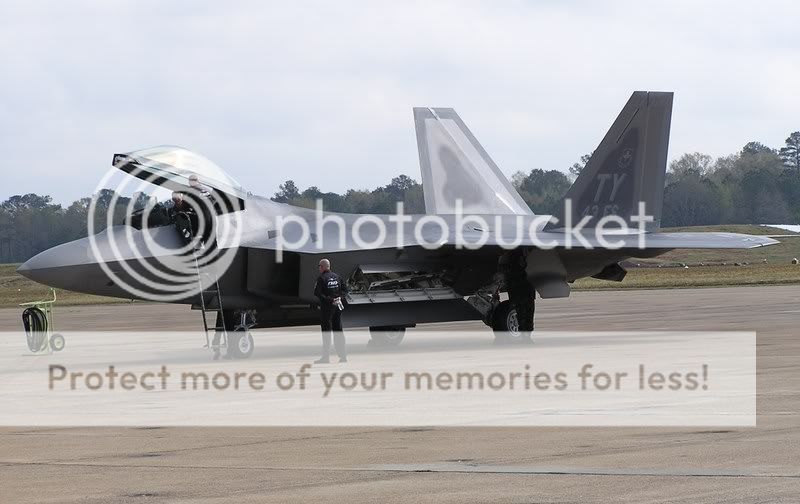gibbons
En-Route
I give up. Can someone tell me what the hashed line at the top and bottom of the Altus AFB Hobart Three departure signifies? I'm sure it's staring me in the face somewhere but I'm too brain dead to find it.
Chip I have no idea but a guess would be to alert a pilot that this is a military base an not a civilian airfield?
I saw the same thing. I'd think it would be on all the plates were it strictly due a military base. Instead, I saw it on both DPs and only one approach; HI-VOR/DME RWY 35L.If so I would have expected to find the same symbol on all of the approach charts, but there are none. http://204.108.4.16/d-tpp/0803/00482ILD17L.PDF
Instead, I saw it on both DPs and only one approach; HI-VOR/DME RWY 35L.
I saw the "HI" on the one approach and not on any others. But, where does it apply to the DPs? There's nothing in the chart guide.I'm pretty sure the black hash marks signifies it is a HI procedure. Not sure what the criteria is, I just know our HI plates all have the hash and the "normal" ones we use do not. Just a guess. I'm not a pilot.
I'm pretty sure the black hash marks signifies it is a HI procedure. Not sure what the criteria is, I just know our HI plates all have the hash and the "normal" ones we use do not. Just a guess. I'm not a pilot.
The field is restricted to military traffic without specific permission which I'm sure is quite rare; probably limited to air shows, etc. Were that the restriction, I don't follow why all plates for this field does not show the hash marks.I think the hash marks indicate that the PROCEDURE is restricted to military aircraft.
The field is restricted to military traffic without specific permission which I'm sure is quite rare; probably limited to air shows, etc. Were that the restriction, I don't follow why all plates for this field does not show the hash marks.
Thanks Jason. I've been away from anything instrument-related for too long. I've got my work cut out for me getting back up to par.The AFB is specifically noted as "Private use. Permission required prior to landing." You can still shoot the ILS approach without officially "landing" at the base, so the diagonal black lines designate those procedures specifically authorized (and restricted to) military aircraft. The other approaches are still usable by civilian aircraft.

Nope, DoD FLIP does not reference the hash. Just by flipping through the booklet, I do notice that ALL HI approaches have hash all the way accross top and bottom of the plate and ALL HI DP's have half hash top and bottom. And as far as the non-standard climb out theory, look at the APHID TWO DEPARTURE (can't find a link) out of Nellis AFB. The climb gradient chart is in the lower right.
EDIT: Update...The departures have half hash in both the HI and LO books. I'm stumped again and even our IP's don't have a for sure answer.
